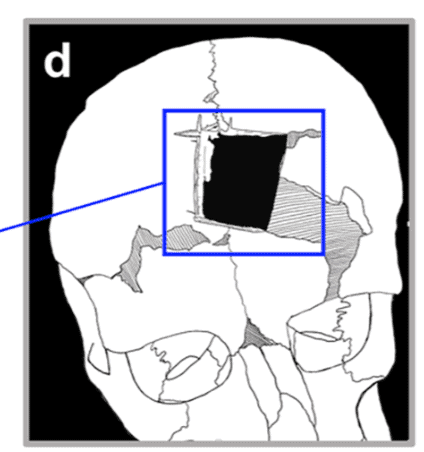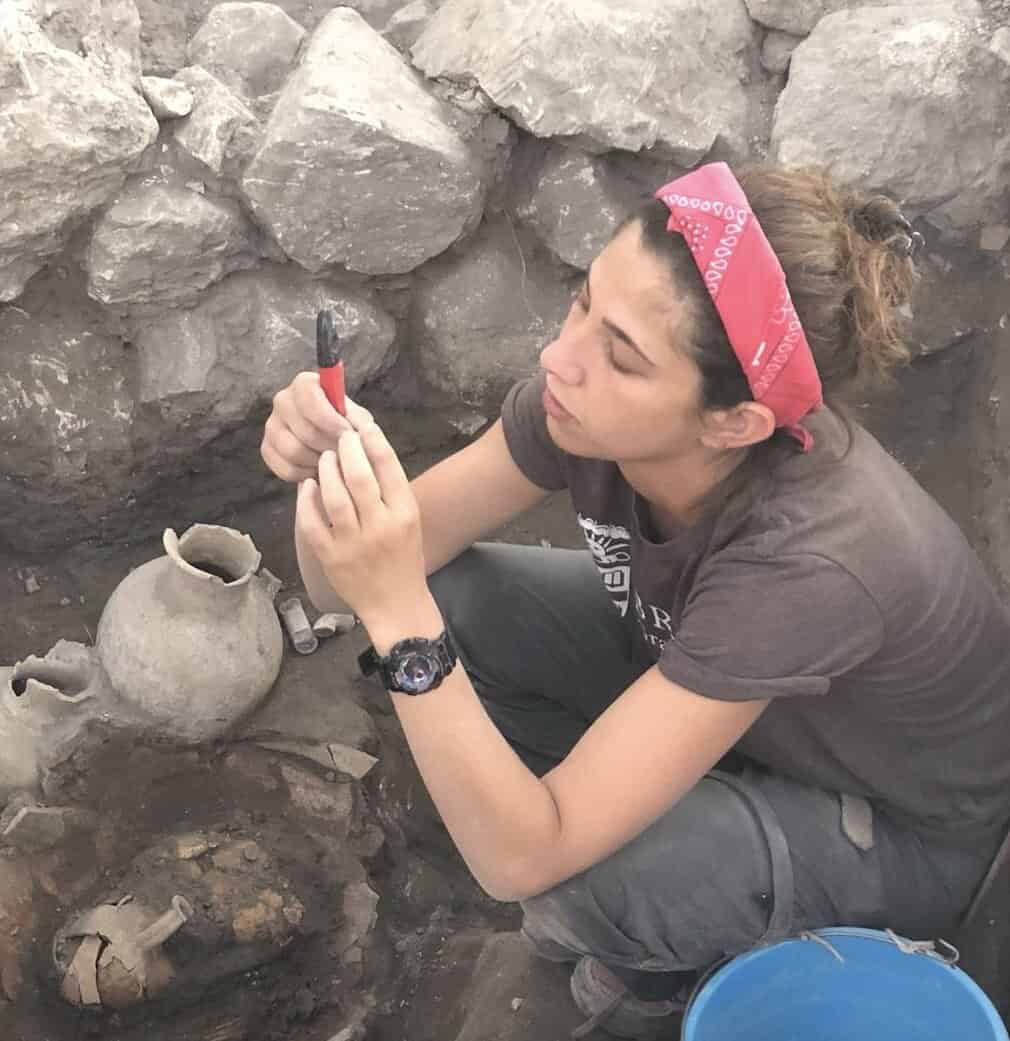Archaeologists working in various parts of the world have observed many cultures practicing a medical procedure called cranial trephination (or trepanation). The procedure is as spooky as it sounds: it involves drilling or scraping a hole through the cranium. It was carried out to release pressure caused by blood from a head injury or to treat various health problems. Now, researchers working in Israel have found evidence that this type of surgery may date back even further than previously thought.

Rachel Kalisher, was examining the remains of two upper-class inhabitants of an ancient town called Megiddo, in what is today Israel. She found that one of them had undergone a specific type of cranial surgery — an angular notched trephination. It’s the first time the procedure was identified in the area.
“We have evidence that trephination has been this universal, widespread type of surgery for thousands of years,” Kalisher said. “But in the Near East, we don’t see it so often—there are only about a dozen examples of trephination in this entire region. My hope is that adding more examples to the scholarly record will deepen our field’s understanding of medical care and cultural dynamics in ancient cities in this area.”
Israel Finkelstein, who co-authored the study, says Meggido was a very wealthy and cosmopolitan city for its time, and its inhabitants would have interacted with people from Egypt, Syria, Mesopotamia and Anatolia.
“It’s hard to overstate Megiddo’s cultural and economic importance in the late Bronze Age,” Finkelstein said.
The new finding adds more context for trephination, but it’s not clear why exactly these people performed it in the first place. Would they have had the same idea about the procedure as we do today, or would have they tried to use it for something more dubious? In some ancient and medieval cultures, for instance, the practice was used to “treat” people who were behaving weirdly as a way to release what people believed were evil spirits. It’s also unclear why some procedures are round and some are triangular, or how common the procedure was to begin with.
“You have to be in a pretty dire place to have a hole cut in your head,” Kalisher said. “I’m interested in what we can learn from looking across the scientific literature at every example of trephination in antiquity, comparing and contrasting the circumstances of each person who had the surgery done.”

The infrequency of trephination in the region indicates that only select individuals could access such a procedure, and the severity of the pathological lesions already present on the analyzed body suggests the procedure was possibly intended as curative to deteriorating health, the researchers explain in the study.
But what Kalisher truly hopes to prove is that procedures like this among these populations are evidence of showing care for patients. Sure, they didn’t have access to the knowledge we do today, and they may have not even been necessarily helping — but they tried to help.
“In antiquity, there was a lot more tolerance and a lot more care than people might think,” Kalisher said. “We have evidence literally from the time of Neanderthals that people have provided care for one another, even in challenging circumstances. I’m not trying to say it was all kumbaya—there were sex- and class-based divisions. But in the past, people were still people.”
Journal Reference: Cranial trephination and infectious disease in the Eastern Mediterranean: The evidence from two elite brothers from Late Bronze Megiddo, Israel, PLoS ONE (2023). DOI: 10.1371/journal.pone.0281020









